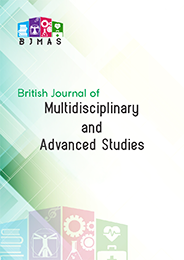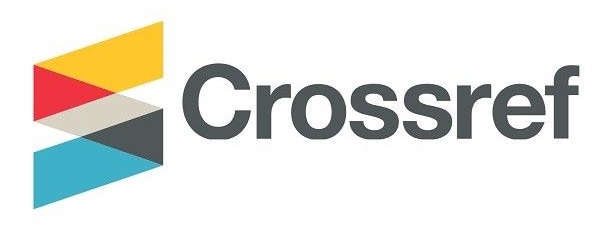Module Quality for Teaching Fashion Design and Technology Programmes and Students’ Construction of Ghanaian Traditional Costumes in Technical Universities in Ghana
DOI:
https://doi.org/10.37745/bjmas.2022.0351Abstract
Fashion design and technology programmes at higher levels of education, including the Higher National Diploma levels, are designed to equip students with professional versatility and capacity to create quality apparels as well as local and foreign costumes. However, there has been unhealthy trend in which construction of foreign costumes is gaining popularity within the country’s fashion design education programmes over the longstanding traditional costumes. The trend is also reflected in research by the minimal studies that have been done in the construction of Ghanian Traditional Costumes as compared to the many studies that have been done on construction of traditional costumes originating from developed economies. This study sought to examine possible relationships between quality of the modules being used to teach fashion design programmes within Technical Universities in Ghana and the students’ ability to construct quality Ghanaian Traditional Costumes. A convergent mixed method research design was used to facilitate this study with six Technical Universities in Ghana. The study established statistically significant relationship between the two aspects of teaching approaches of TC construction and students’ ability to construct Ghanaian Traditional Costumes.
Downloads
Published
Versions
- 10-12-2023 (3)
- 25-11-2023 (2)
- 25-11-2023 (1)












